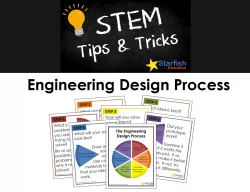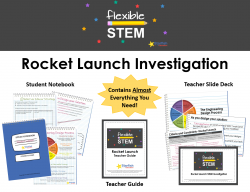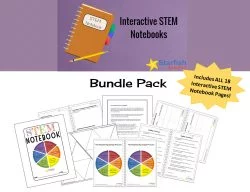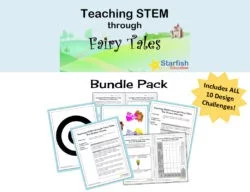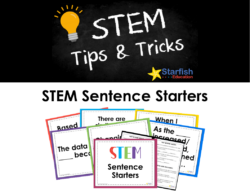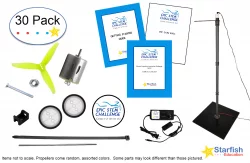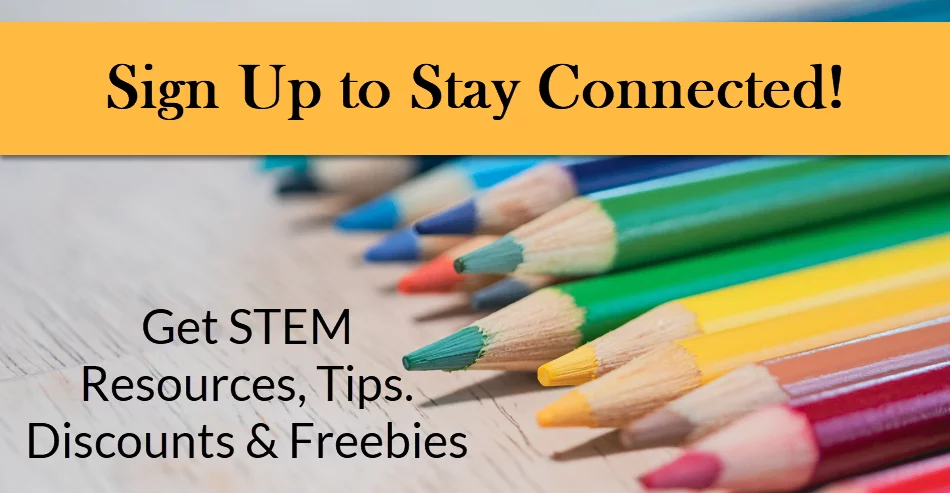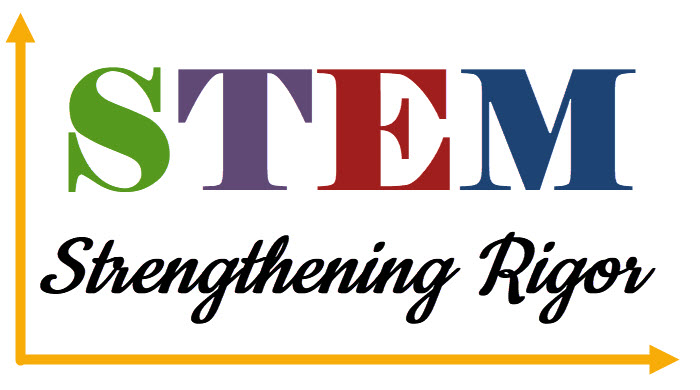
In the Rigor/Relevance Framework, we learned that in order to establish and maintain rigor in the classroom, students need to be performing in Quadrant D.
In other words, students need to think in complex ways and apply their knowledge and skills to find solutions to problems.
One way to keep students performing at these higher levels of thinking is for students to keep an interactive notebook. May teachers already do this, but just DOING it is not enough. To establish and maintain rigor, we need to be sure that we are asking the right questions and developing higher-thinking skills through the notebook process.
First, though, before we focus on content, it’s important to discuss the organization of the notebook. Every Interactive Notebook should have the following components to help students get and stay organized:
- Table of Contents (either teacher-created or student-created)
- Numbered Pages
- Dated Pages
- Page Dividers for Different Sections (I personally like the self-adhesive kind)
- Glossary
You can adapt these sections to reflect different age groups or different subject focus, but starting students off by modeling the way that an interactive notebooks works is a good skill for students to learn and helps them to better understand the process.
Once students are organized, they can begin to use their notebooks to grow their thinking skills by putting elements in their notebooks such as:
- Drawings/ Diagrams
- Charts
- Reflections
- Graphic Organizers
- “Notes” to Solve Problems
- Investigations/ Labs
Depending on age group, the teacher may be responsible for deciding which elements are most appropriate for the skill that we are looking to develop. Older students may be responsible for their own content, but either way, choosing meaningful elements for the notebook are essential. To help us to make these meaningful choices, the teacher or student can ask themselves key questions:
- What skill(s) do I hope to develop through this lesson?
- What element will best exhibit/develop/sharpen this skill?
- How will using a ______ (graphic organizer, etc.) help to further this skill?
- How can students leverage this ______ (graphic organizer, etc.) to take their learning further?
By selecting meaningful elements, we can help students start to think deeper, faster. By asking key questions sooner and providing a notebook element as a scaffold, we help the student to spend more time thinking critically.
Read more about using Interactive Notebooks in STEM!
Subscribe to Stay Connected!
-
Engineering Design Process Posters
$2.95 -
Flexible STEM- Rocket Launch
$29.95 -
Interactive STEM Notebook- Bundle Pack
$18.95 -
Teaching STEM through Fairy Tales – Bundle Pack
$16.95

